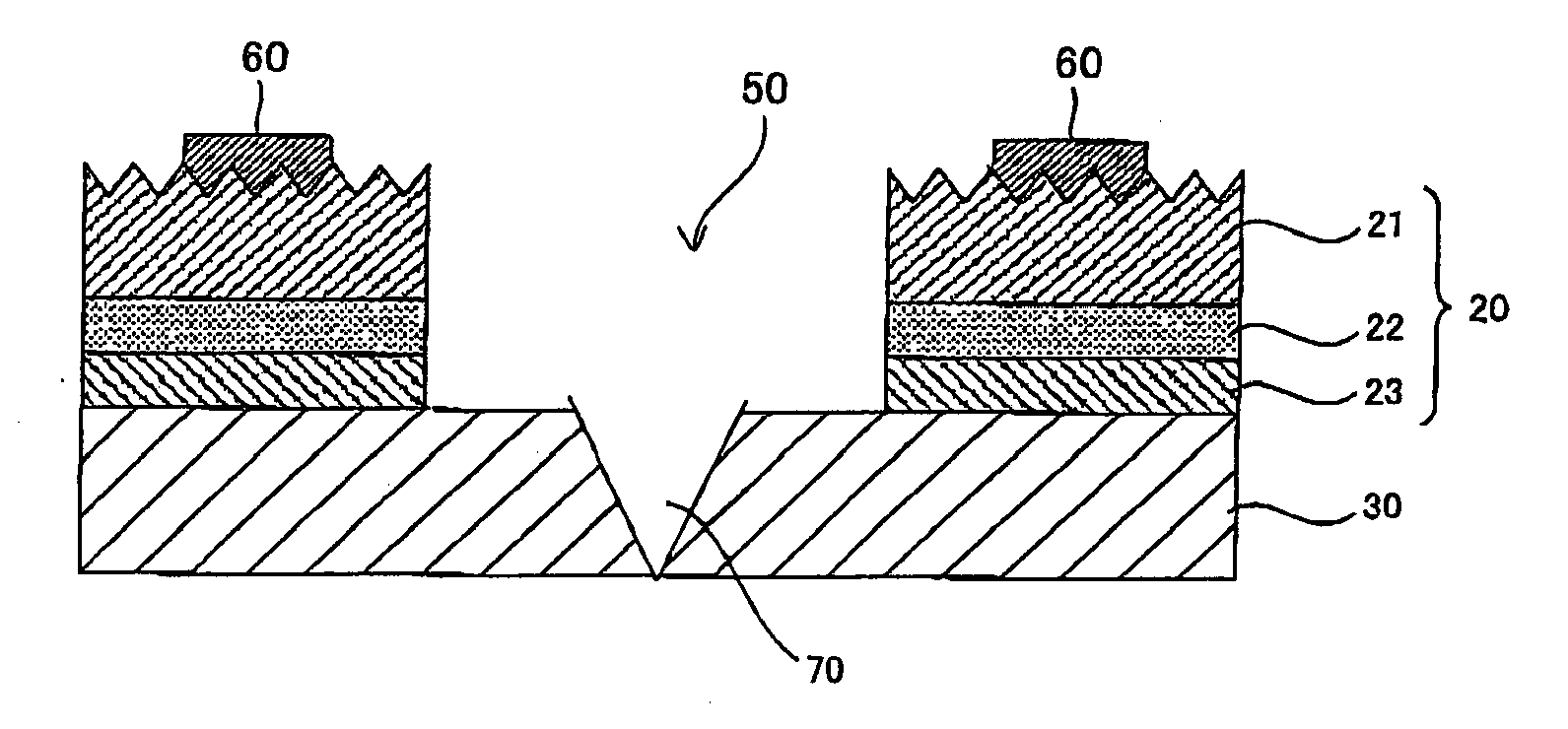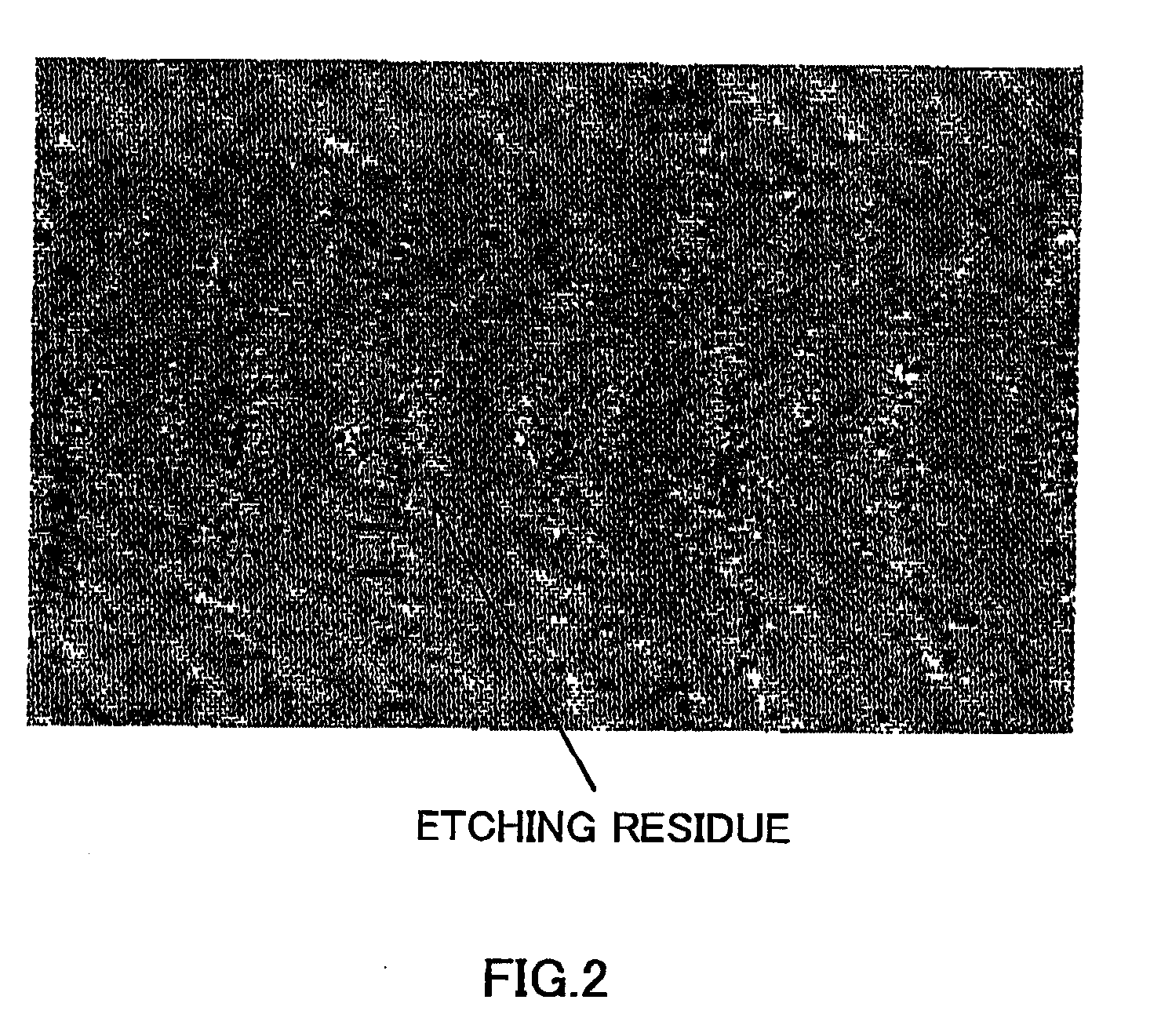Method of manufacturing semiconductor devices
a manufacturing method and technology of semiconductor devices, applied in the direction of semiconductor devices, basic electric elements, electrical appliances, etc., can solve the problems of reducing the reliability of optical semiconductor devices, affecting the operation of semiconductor devices, and affecting the quality of semiconductor films, so as to reduce the process time
- Summary
- Abstract
- Description
- Claims
- Application Information
AI Technical Summary
Benefits of technology
Problems solved by technology
Method used
Image
Examples
Embodiment Construction
[0017]An embodiment of the present invention will be described below with reference to the drawings. The same reference numerals are used to denote substantially the same or equivalent constituents or parts throughout the figures cited below.
[0018]FIGS. 3A to 3I are cross-sectional views of optical semiconductor devices in process steps respectively of the manufacturing process according to the embodiment of the present invention. FIG. 4 is a process flow diagram showing a method of manufacturing an optical semiconductor device that is the embodiment of the present invention.
(Semiconductor Layer Growing Process, Step S10)
[0019]A substrate used for crystal growth (hereinafter, referred to as growth substrate) is prepared. In the present embodiment, a C-plane sapphire substrate 10 is used on which a semiconductor film made of AlxInyGazN (0≦x≦1, 0≦y≦1, 0≦z≦1, x+y+z=1) can be formed by an MOCVD method (metal organic chemical vapor deposition method). The layers constituting a semiconduc...
PUM
 Login to View More
Login to View More Abstract
Description
Claims
Application Information
 Login to View More
Login to View More - R&D
- Intellectual Property
- Life Sciences
- Materials
- Tech Scout
- Unparalleled Data Quality
- Higher Quality Content
- 60% Fewer Hallucinations
Browse by: Latest US Patents, China's latest patents, Technical Efficacy Thesaurus, Application Domain, Technology Topic, Popular Technical Reports.
© 2025 PatSnap. All rights reserved.Legal|Privacy policy|Modern Slavery Act Transparency Statement|Sitemap|About US| Contact US: help@patsnap.com



